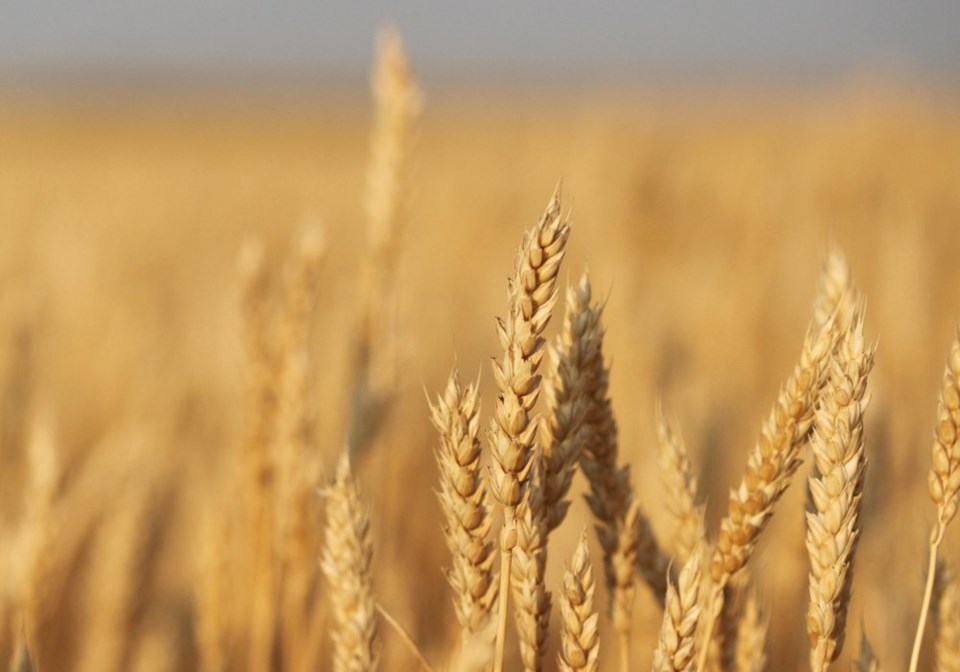The boards of two Saskatchewan crop development commissions are meeting this week to begin hammering out amalgamation details.
Online consultation showed overwhelming support, at 95 percent, for Saskatchewan Winter Cereals Development Commission to merge with SaskWheat. About 50 producers participated in the consultation.
The commissions began exploring a merger in January. The online consultation was required by the Agri-Food Council that governs them and a second consultation will take place after harvest and after a formal proposal is developed.
Then, each commission would still have to pass a resolution at the January annual meetings for amalgamation to take effect Aug. 1, 2023.
Brad White, chair of the SWCDC, said the cyclical nature of growing winter cereals has resulted in insufficient check-off dollars to maintain strong research programs.
Acreage in the last few years has gone down too far, pushing administration costs to 50 percent of the budget.
“We always carry quite a bit of extra funds to carry most of a year’s worth of continuation of funding, but the last couple years we started running into this perfect storm of acreage just staying down,” he told the SaskWheat semi-annual meeting in Regina. “We’re definitely at the bottom of our cycle in seeded acreage and last year we sort of came to the conclusion that we were going to have a hard time participating in the next wheat cluster.”
White said the benefits aside from stable funding include governance and advocacy.
He said being part of SaskWheat would mean winter wheat, rye and triticale would be well represented. As check-off dollars fell, White said funding was still going to agronomy and breeding but that meant the organization was falling short on advocacy.
He also said there was check-off slippage as winter wheat was sold as feed wheat and then blended into spring wheat at the elevator, resulting in check-off funds going to SaskWheat.
Concerns expressed by some consultation participants included whether winter cereal growers would have enough representation. There is ongoing discussion about whether that presence would be through a seat on the SaskWheat board or through an advisory committee such as Alberta has.
SaskWheat chair Brett Halstead said many farmers grow both spring and winter cereals so it won’t be a stretch to represent them.
“I think the hope is that we can, and I feel we can with the staff that we have, assume their duties with the same staff,” he said in an interview. “Hopefully we can use their dollars for more of what they have as strategic priorities.”
According to the 2020-21 SWCDC annual report, the $1-per-tonne levy generated $123,349, less $2,832 in refunds, in 2020.
That compares to more than $15 million taken in by SaskWheat.
White said the smallest crop commission in the province has to be more efficient.
He added there are agronomic reasons to keep winter cereal acreages, including fusarium or climate change.
He said he hadn’t seen this year’s seeded acreage numbers yet but winter wheat was up on the east side due to an early harvest and some fall rain.
Crops east of Moose Jaw are looking good, he added, but on the west side it was so dry last year that acres dropped.
“The little bit that went in I don’t think even made the winter,” White said.
Rye crops are coming along, he said.




